30 Apr From Inspiration to Creation: Butler and Campbell’s European Quest for Folk Education
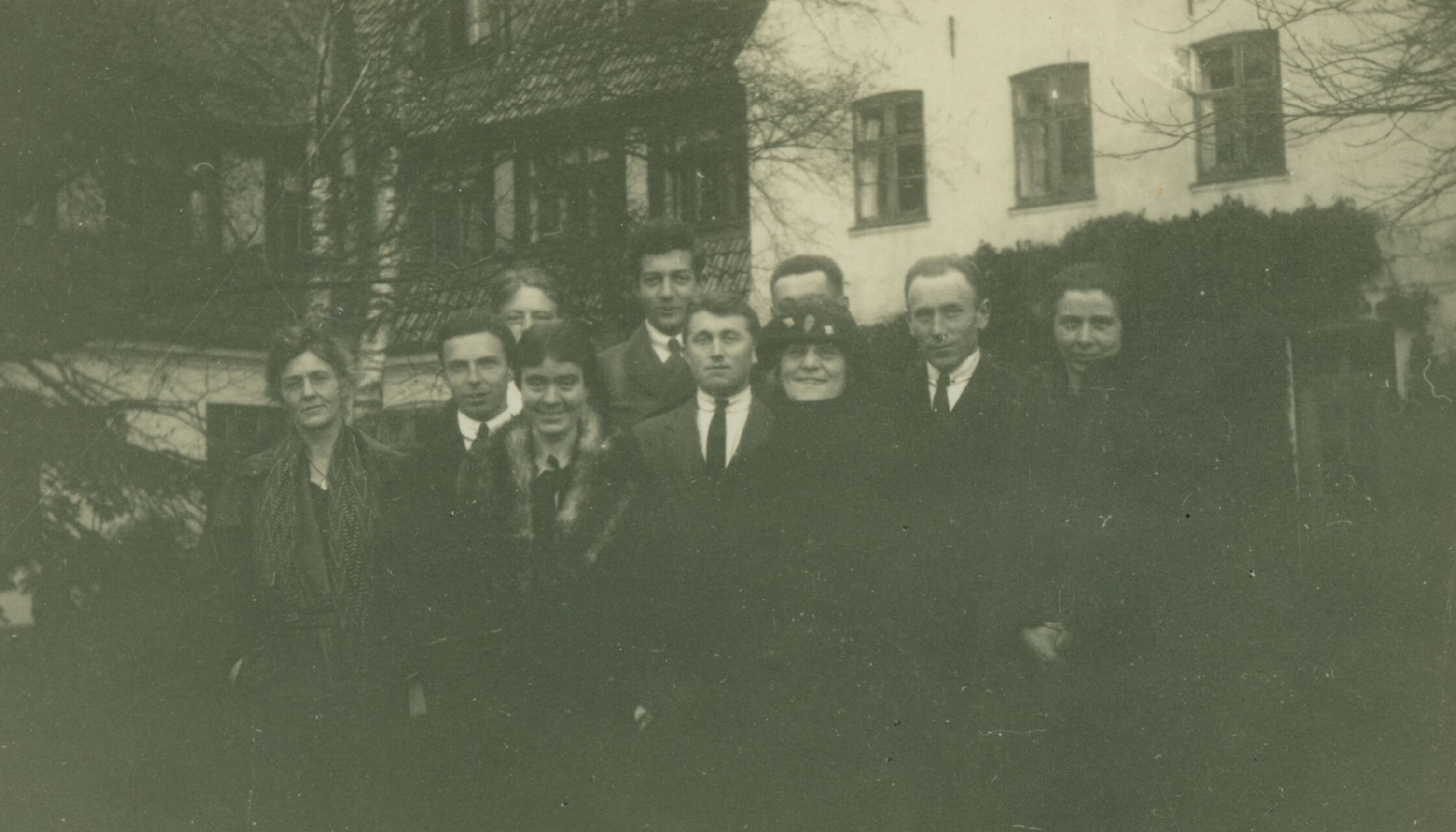
Olive Dame Campbell and Marguerite Butler, both on left, stand with a group of people at Askov Højskole [Folk High School] in Askov, Denmark, c. 1922.
Post written by 2024 Archives work-study student Talia Marshall.
In 1922, Marguerite Butler joined Olive Dame Campbell in Scandinavia for an 18-month tour of European folk schools. Marguerite documented this important trip throughout their expedition, including reflections on the inspirational companionship shared between Olive and herself. This partnership would continue to flourish throughout the establishment of John C. Campbell Folk School as their rich legacy extends into a year of centennial celebration.
John C. Campbell Folk School began as an idea between Olive Dame Campbell and John C. Campbell. The pair spent the first years of their marriage surveying what John named the Southern Highland Region, or Southern Appalachia. Active in settlement school education, Olive was determined to found an Appalachian folk school even after John’s death in 1919. Olive recruited her friend Marguerite Butler, whom she had met at an annual Conference of Southern Mountain Workers, to work with her in studying the folk school model and planning an American school. In 1922, Marguerite joined Olive on her trip throughout Denmark, Finland, Norway and Sweden to study the Scandinavian folk school model.
In summer 2024, Helen Øland donated a collection of Marguerite Butler Bidstrup’s papers, photographs, and ephemera to the Folk School’s Fain Archives. Helen inherited these materials from her mother, Lissi Øland, the heir to Marguerite Butler Bidstrup’s estate. Included in this collection are journals and notes from Olive and Marguerite’s 1922-1923 trip, contextualizing the historical significance of their journey and annunciating the impact their past impressions hold to this day. In the same year, Terry Thorp Fortner donated a small collection of materials, including Marguerite’s postcard collection, which Marguerite had gifted to her in 1973 after Terry spent the summer as a companion to her.
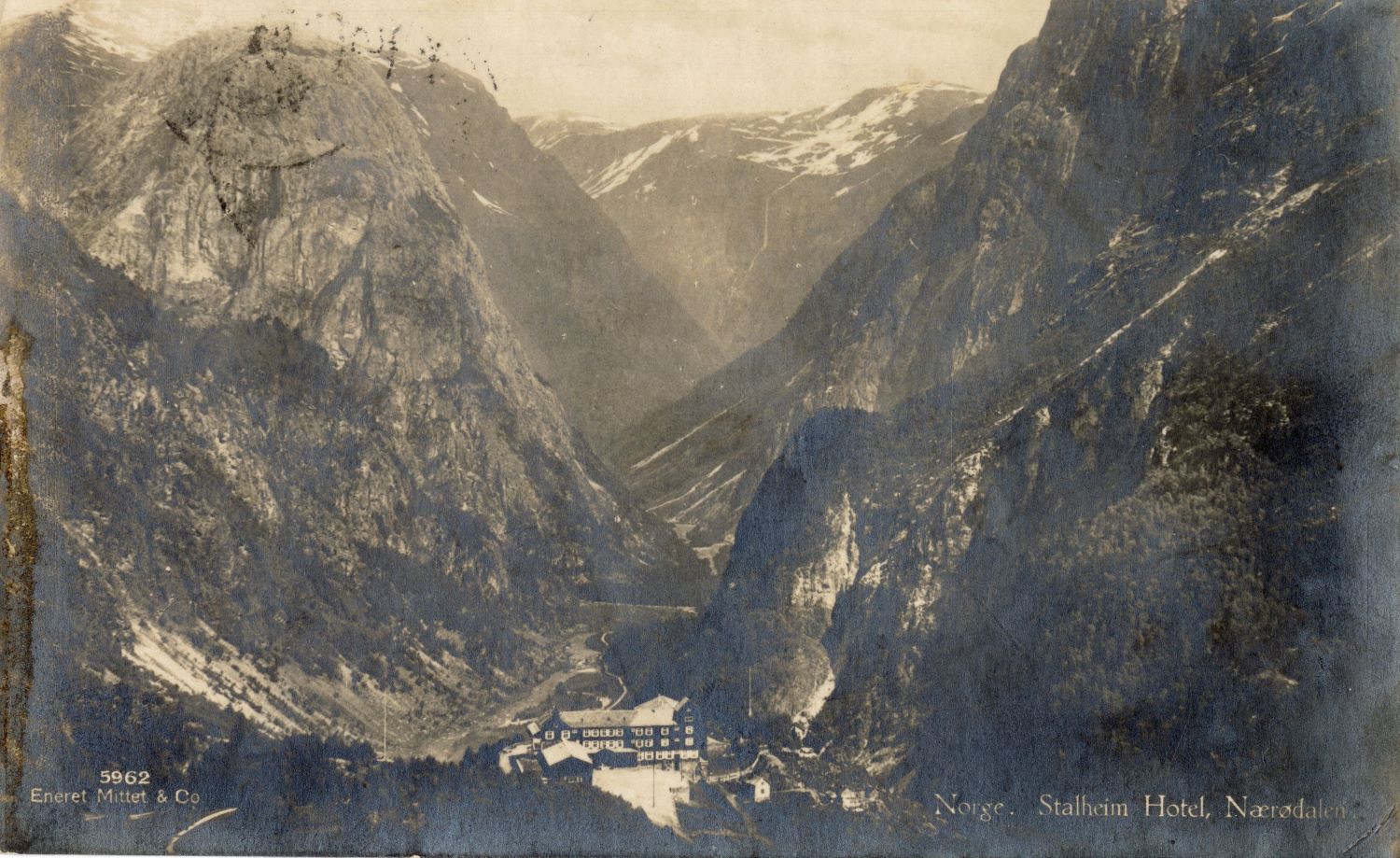
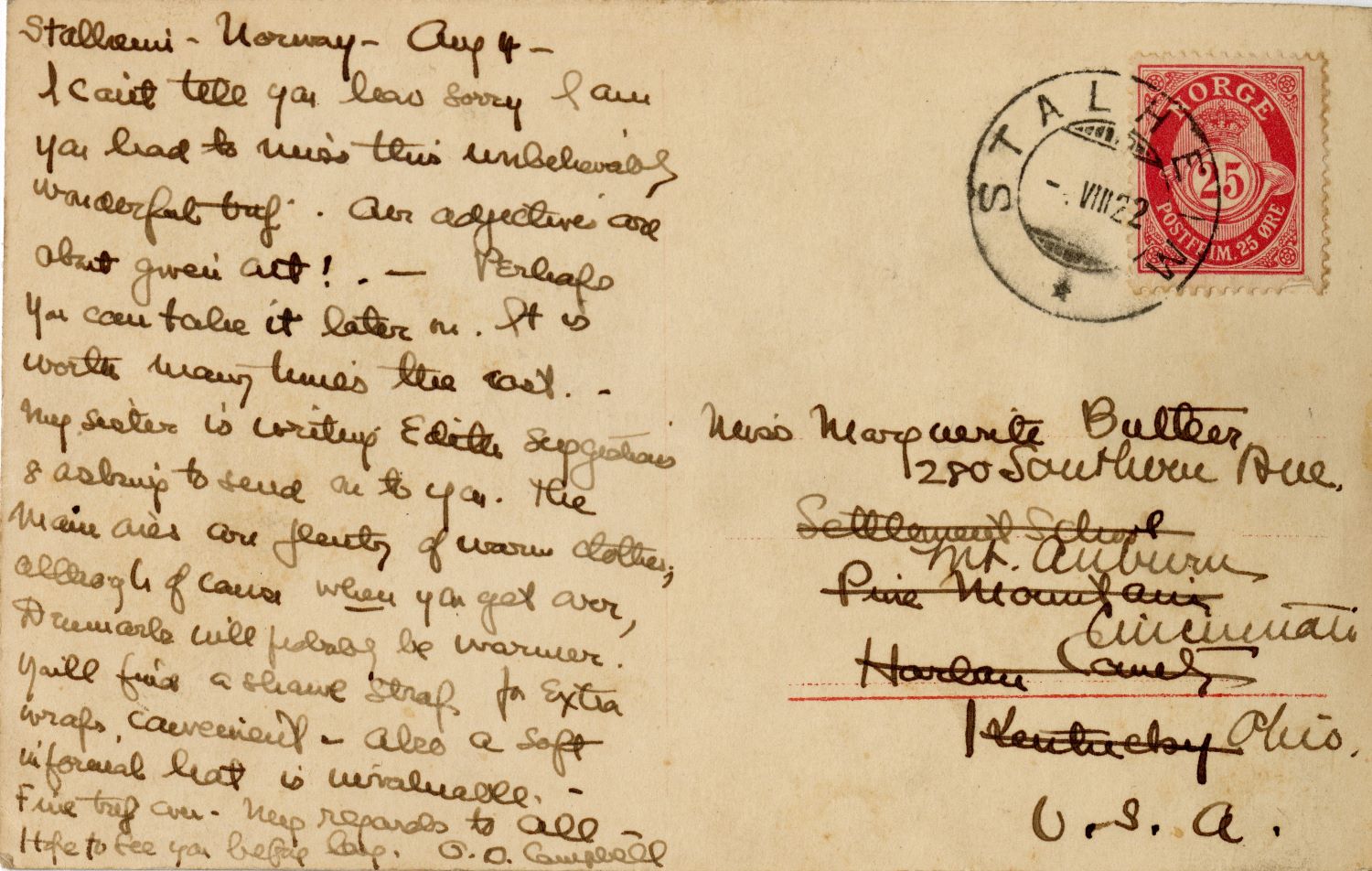
These new additions join the Fain Archives’ existing collections in providing stories and contexts for the Folk School’s beginnings. Among the Fortner collection is a postcard Olive sent Marguerite from Norway in August 1922. Olive writes about how wonderful her trip has been and tells Marguerite, “when you get over, Denmark will probably be warmer.” Marguerite’s papers also include the ship’s manifest from Marguerite’s transatlantic trip, which confirms that she and Olive did not begin their travels together.
Some of Marguerite’s postcards in the Fortner collection went unsent and have notes about the locations on the front—“view from Ullensvang School. Isn’t it lovely? White mass at extreme left is part of a glacier.” Others were sent by Marguerite to her mother and sister in the United States. Still others have no postage marks but include sentences addressed to an unknown person, such as, “…I will have so many things to send, you may have to pay extra postage. I hope it is worth it.”
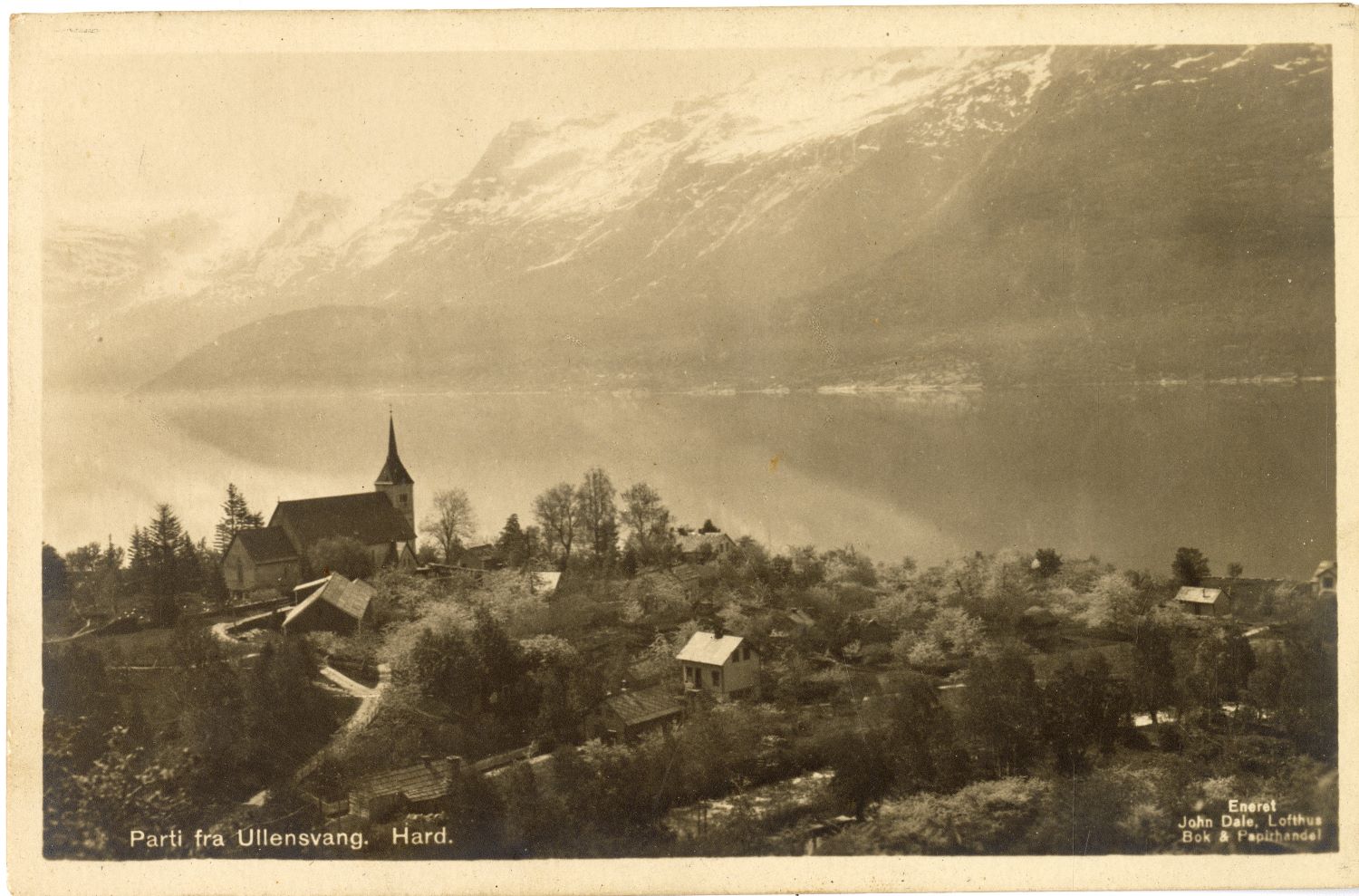
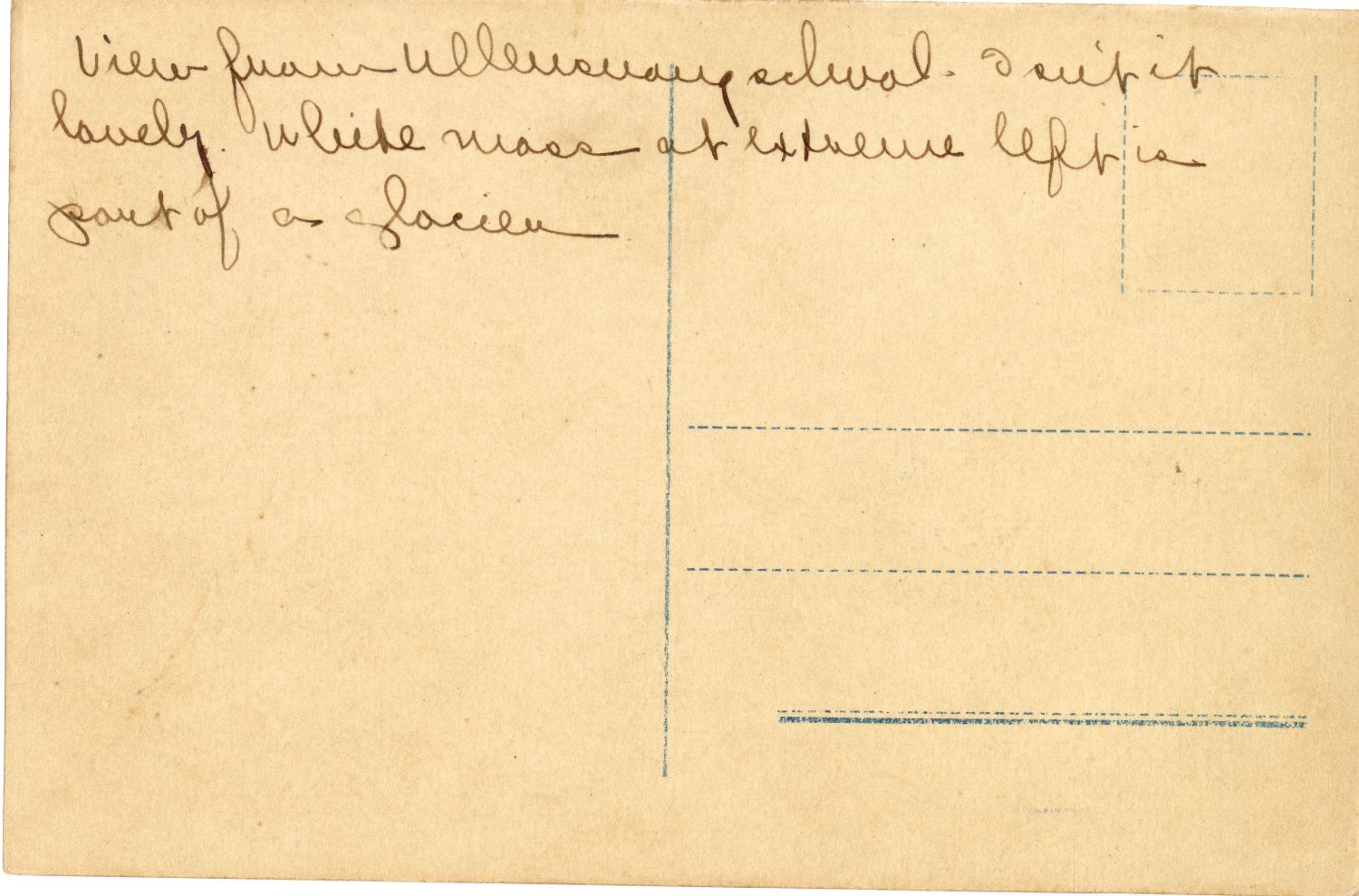
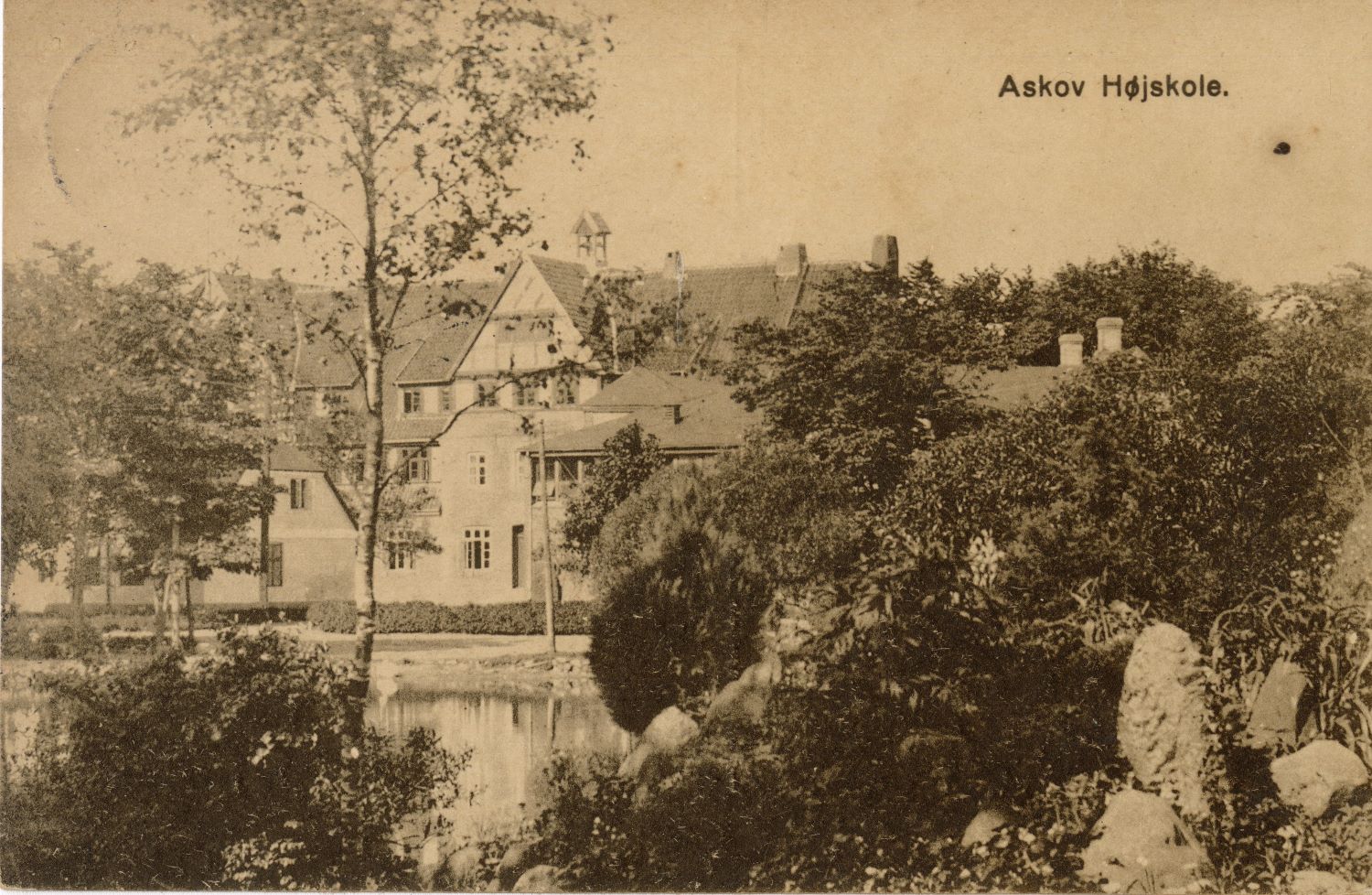
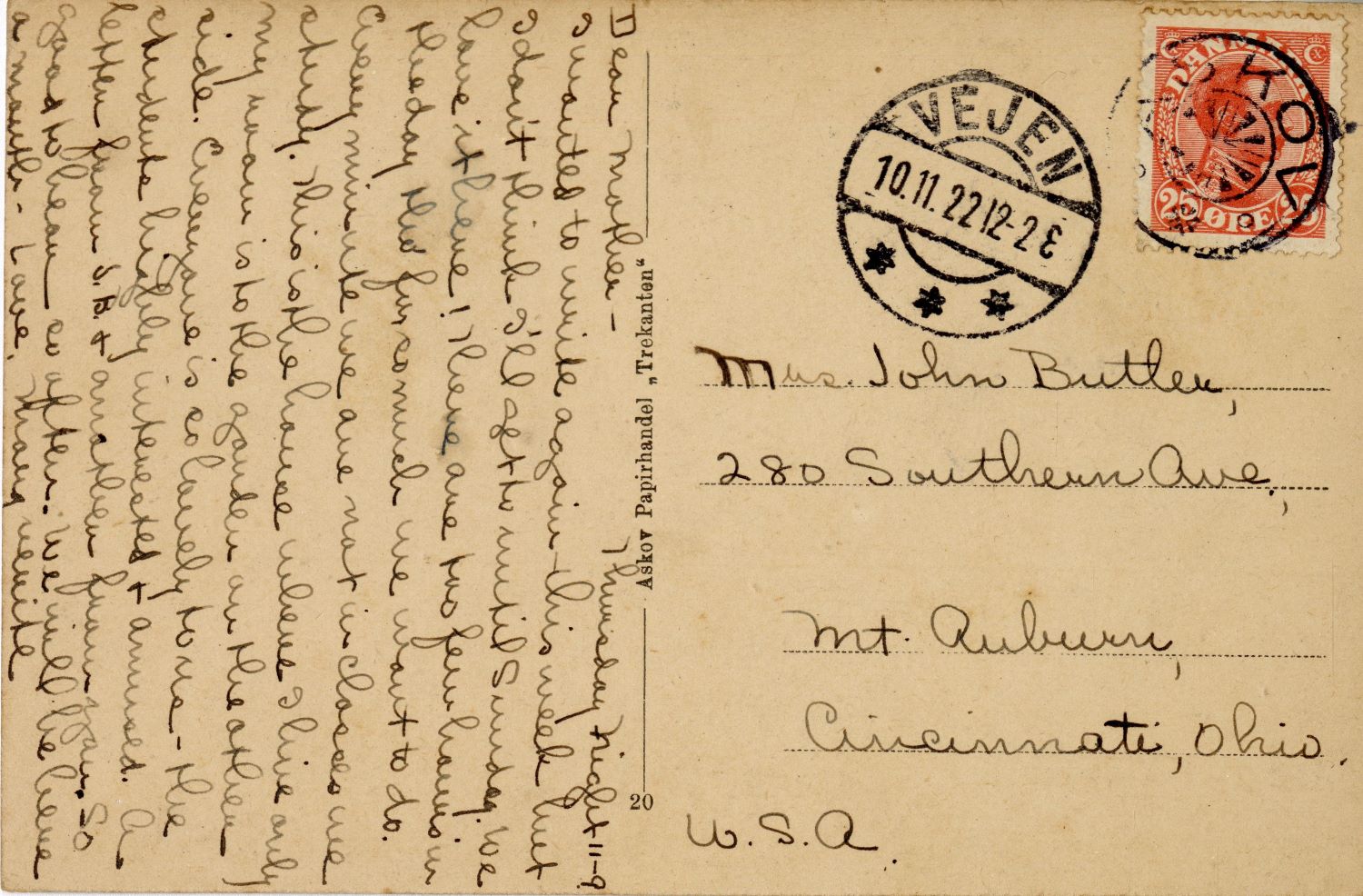
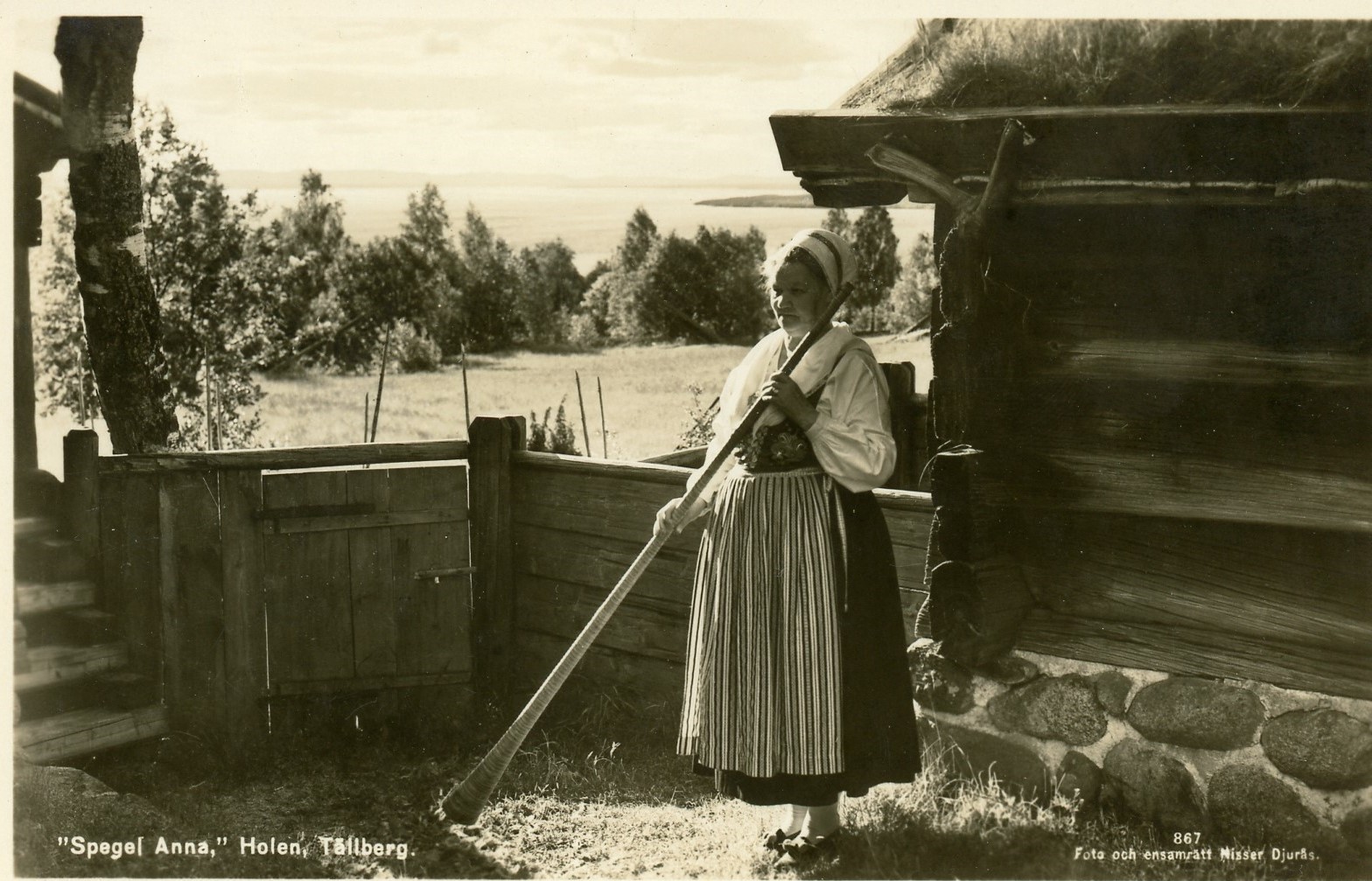
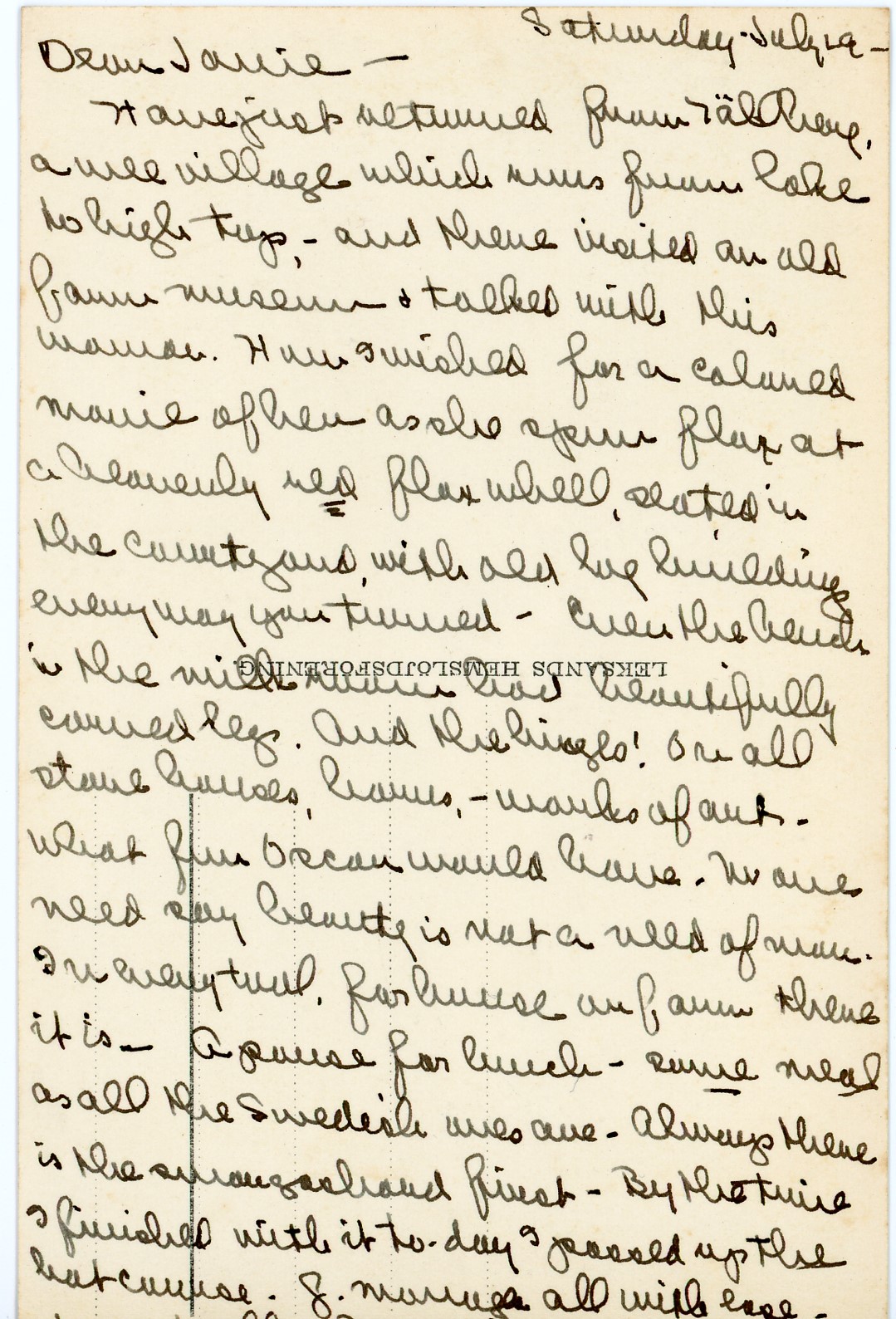
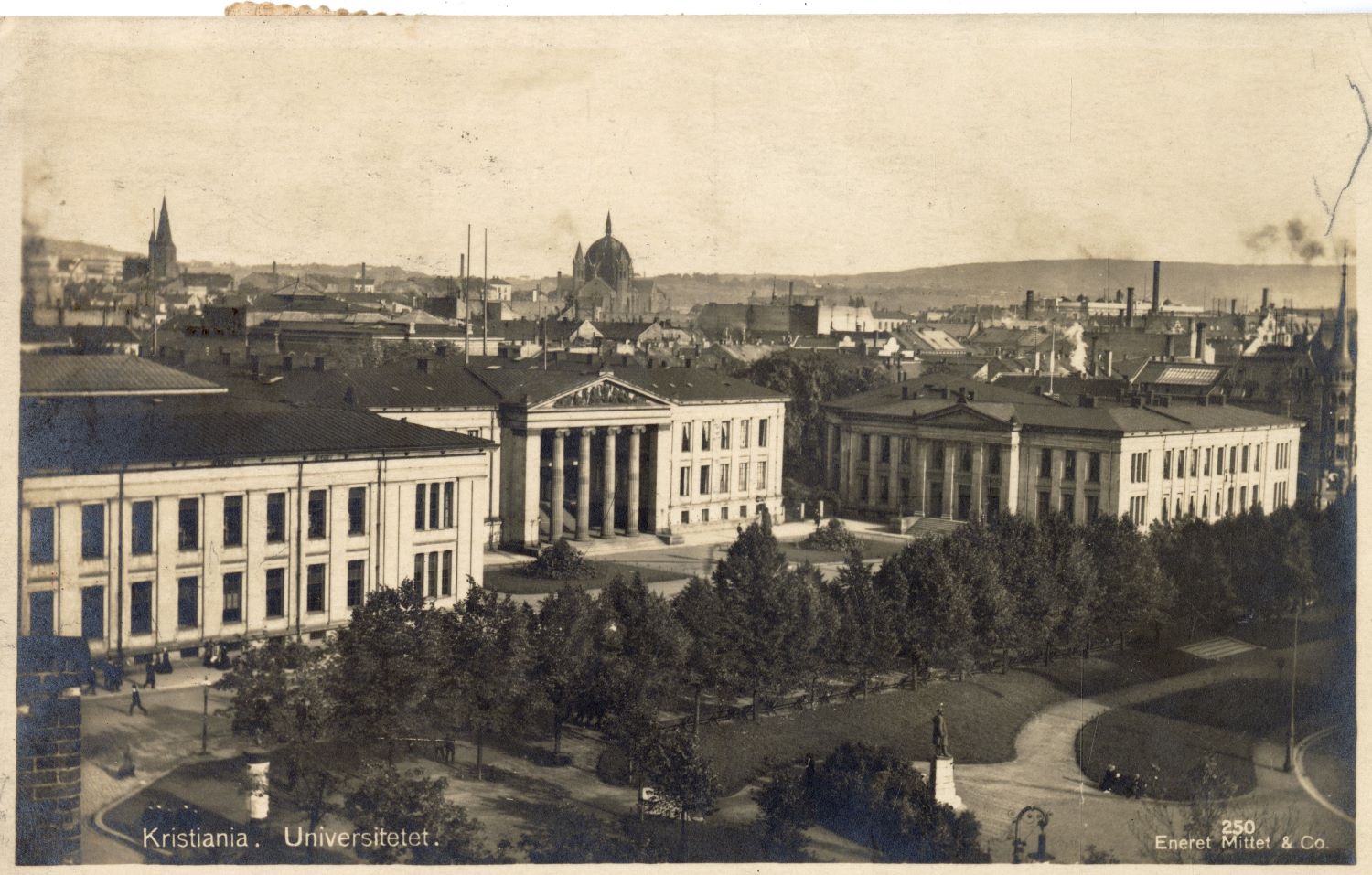
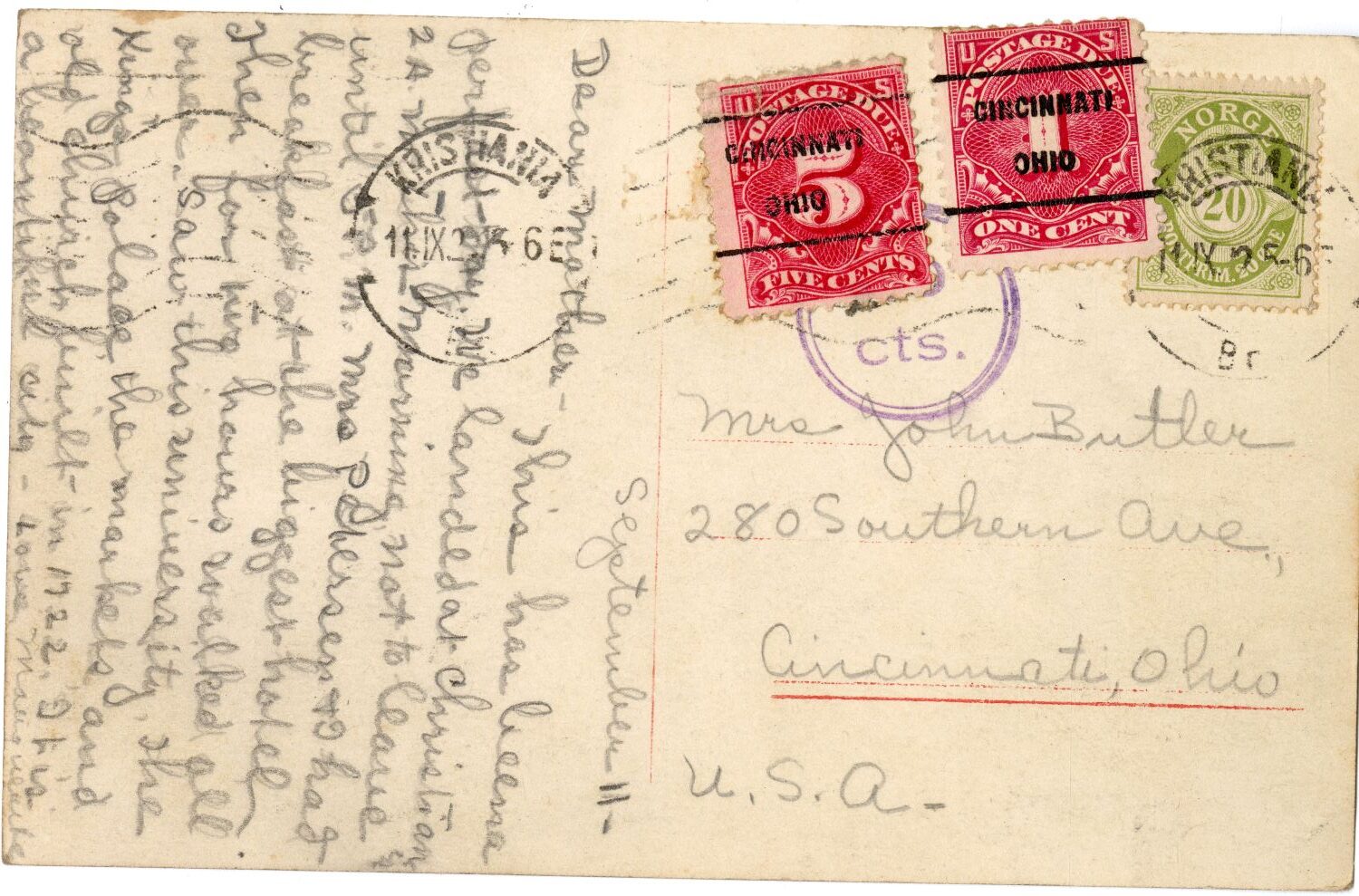
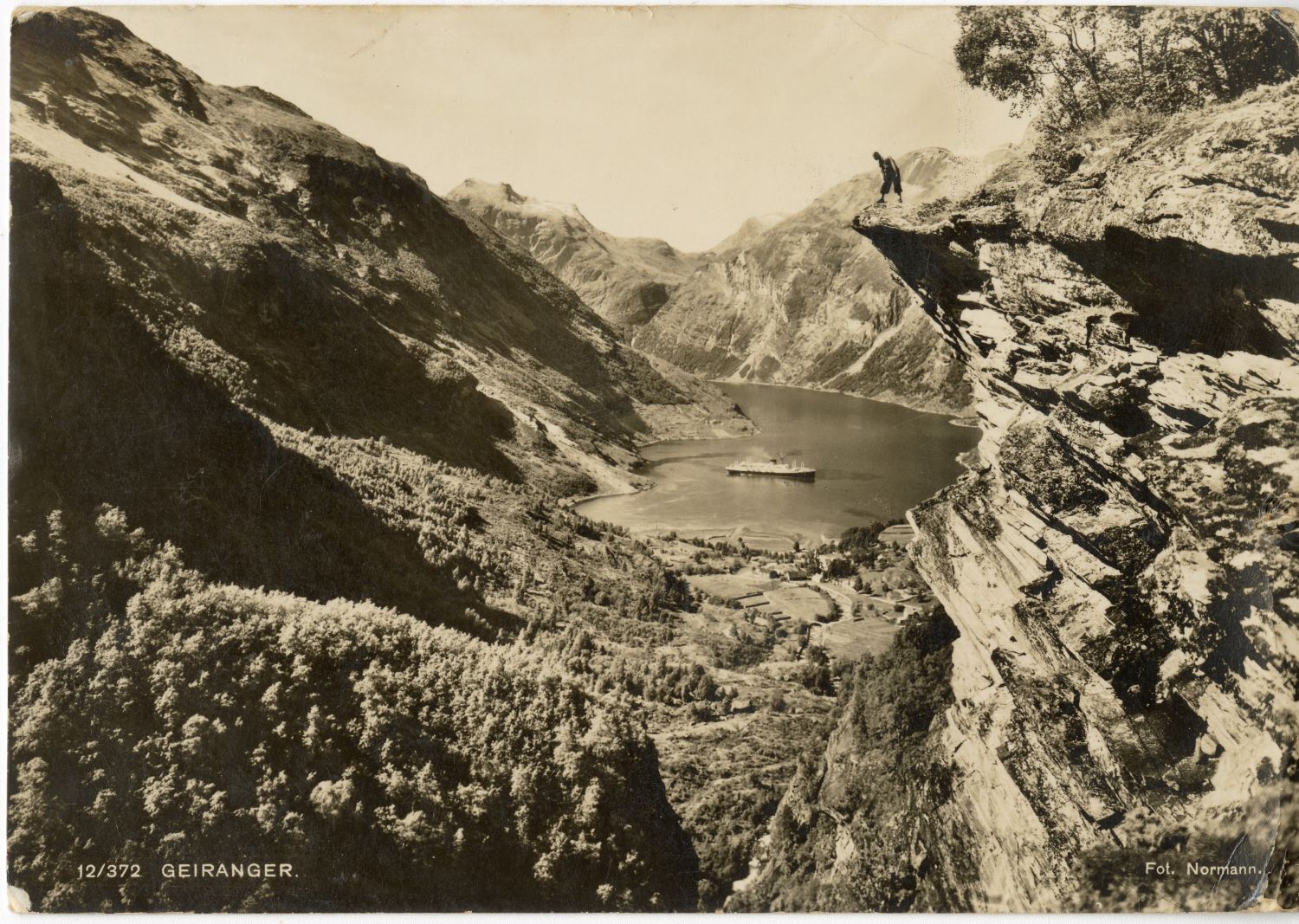
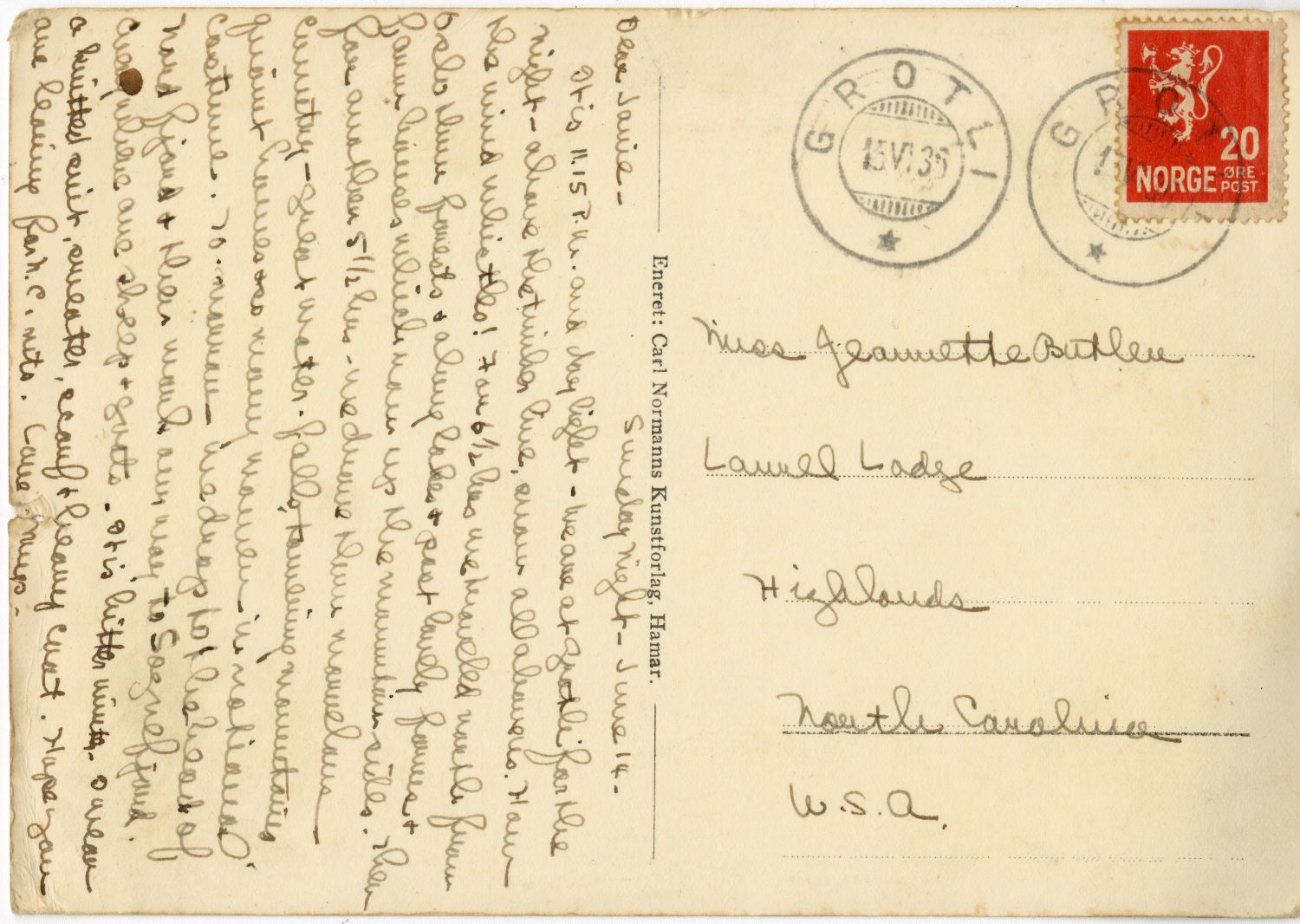
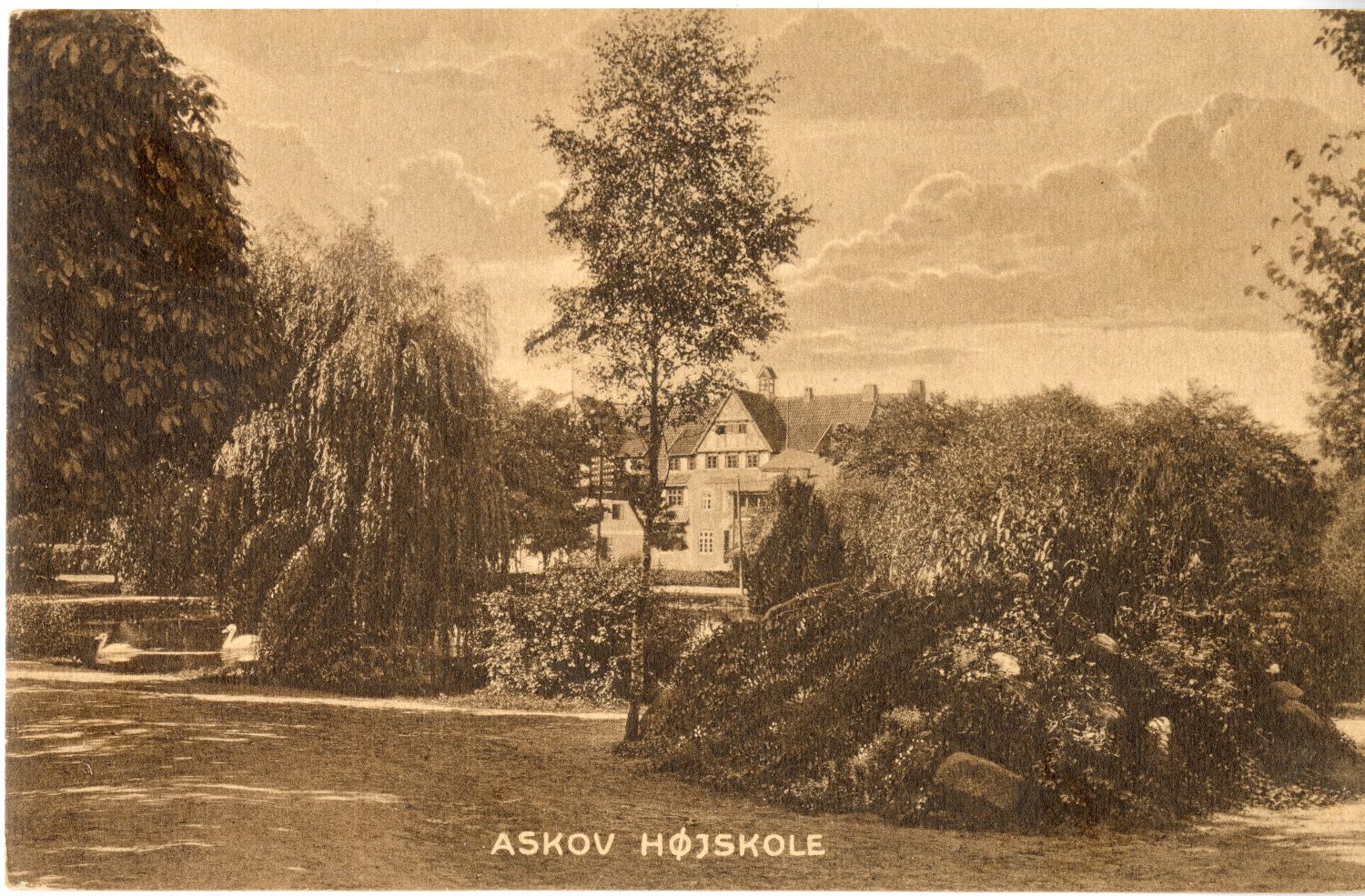

Marguerite’s highly detailed journals from this trip mainly consist of travel notes and observations on the workings of the various folk schools she and Olive visited—how they got to places, who they met, what kinds of classes were offered, and what the students were like. Marguerite also writes about politics, everything from the politics of the country they were visiting: “what is happening at the border with Germany?” To the politics of the school, “how to distinguish between radicals, socialists, and conservatives?” Her notes on pedagogy cover everything from class size and gender demographics to scheduling and lesson topics.
In her journal, Marguerite even records a reflection on a conversation she and Olive had on January 19, 1923, about what would become the Folk School:
“I am all used up thinking over a subject O.D. put to me after we were in bed the other night. (‘tis then we thrash out the weighty problems) She thinks I ought to be the one to quietly, on a small scale, try this thing out, both of account of my experience in Mts. and here. I realize what a wonderful opportunity this year has been here in Denmark, and especially so with her. She is personality itself! Last night in one of our talks she said she really felt she was just an instrument bound by circumstances, to pass out the influence which she had received from Mr. C. on account of her very special relation to him! My! What a power he must have been! What a big view to take of life – to throw your self into his work endeavoring to carry out his ideals. Earlier this year she said it was hard to think you ever influenced any one’s life, but she certainly has mine. With her moral impact I certainly ought to have courage to tackle it but when such books are given to me to read as ‘Tom Byron’s life’ my courage weakens.”
In the 100th year of what Marguerite and Olive “quietly, on a small scale, tried out,” we take time to reflect on our beginnings—a chance encounter between John C. Campbell and Olive Dame in 1907, a postcard from Olive to Marguerite reminding her how exciting this study tour of Scandinavia would be, a snippet of remembered conversation in bed one night—as an opportunity for us to marvel at what can come of simple ideas, community, and hard work as we move into the next century of singing behind the plow.
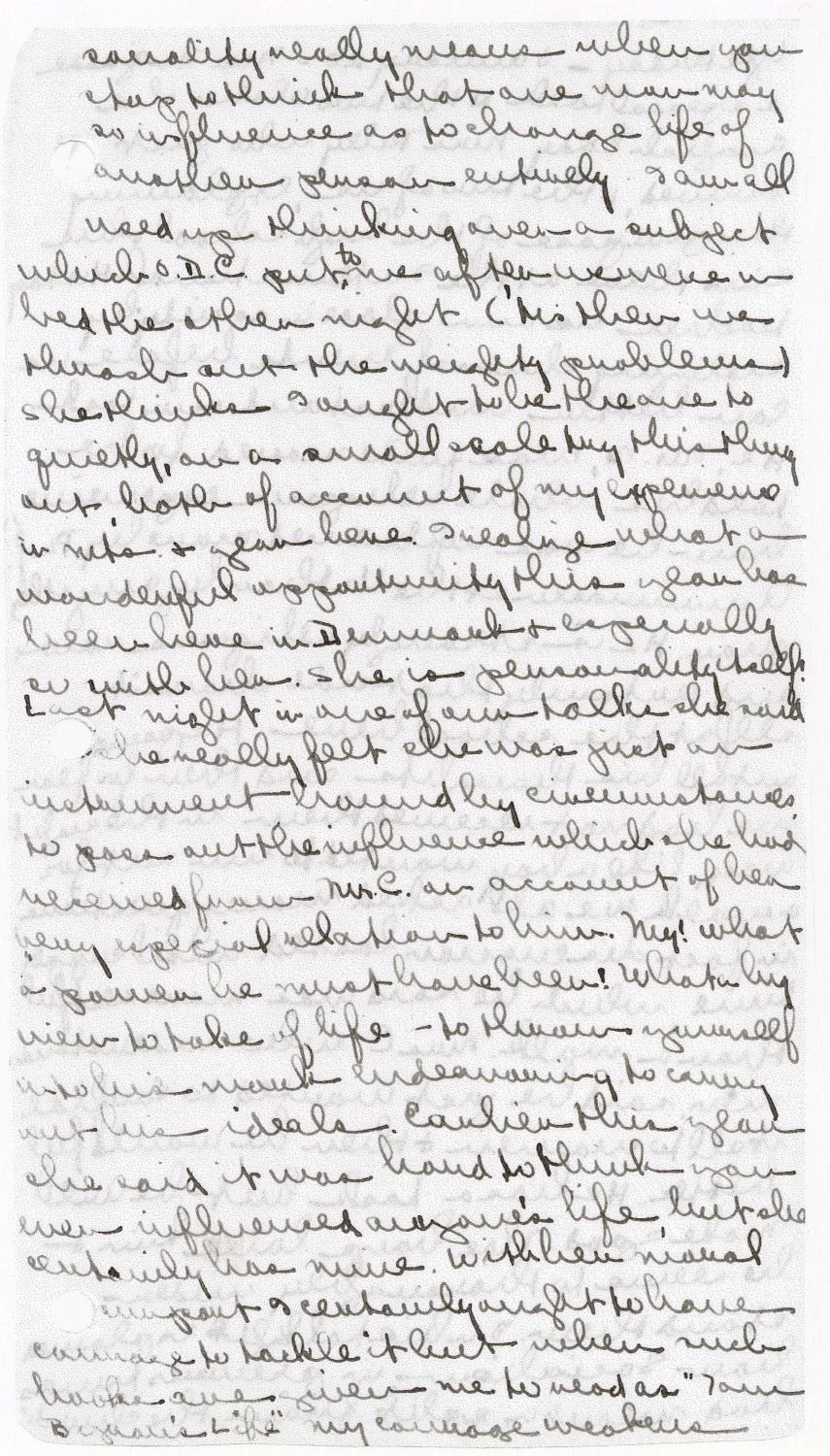



No Comments